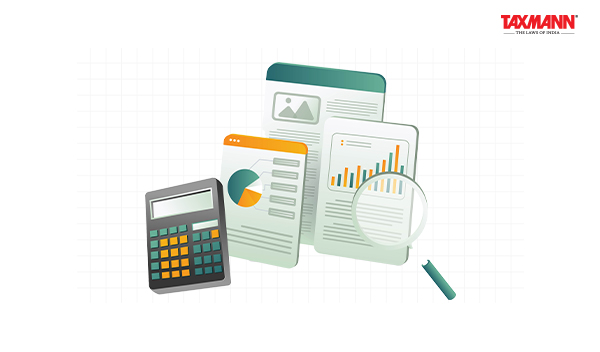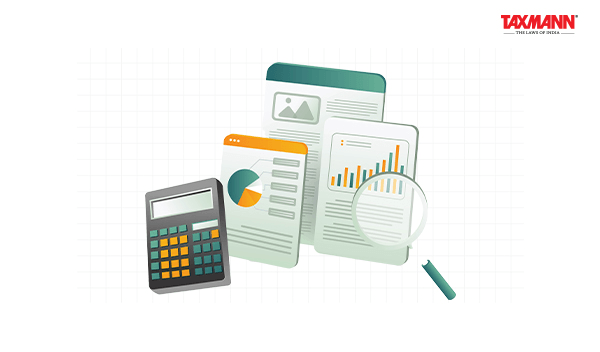
1. Accounting for Property, Plant, and Equipment (PPE) – Key Cost Components
The cost of property, plant, and equipment (PPE) comprises the following:
- Purchase price, net of trade discounts and rebates
- Directly attributable costs necessary to bring the asset to its intended location and working condition for operational use
- The initial estimate of dismantling, removal, and site restoration costs, which may arise at the time of acquisition or from the asset’s usage (except when related to inventory production)
These elements ensure that the full cost of acquiring and preparing the asset is recognised in the financial statements.
2. Subsequent Changes to PPE Cost
After initial recognition, the cost of PPE may be revised due to:
- Adjustments in the purchase price or contract terms
- Changes in duties and levies
- Revisions to initial estimates, particularly those related to:
- Decommissioning obligations
- Site restoration liabilities
Price fluctuations or post-acquisition modifications
Such changes require careful accounting treatment to ensure compliance with applicable standards like Ind AS 16 or IAS 16.
3. Focus Area – Downward Revision in Decommissioning Liability
In this discussion, we examined the accounting treatment of a downward revision in the decommissioning liability (also referred to as asset retirement obligation). This liability reflects the present value of future costs expected to be incurred for dismantling or restoring the asset site.
4. Impact on the Carrying Amount of PPE and Liability
According to the relevant accounting standards:
- A downward revision in the decommissioning liability leads to a reduction in the liability on the balance sheet.
- Correspondingly, the carrying amount of the related PPE is decreased by the same amount.
However, if the decrease in liability exceeds the carrying amount of the asset, the excess is recognized immediately in the Statement of Profit and Loss.
This approach ensures that the PPE reflects only the actual economic outflows expected and that financial statements remain accurate and up to date.
5. Conclusion
Proper accounting for changes in decommissioning liability is critical for presenting a true and fair view of both the asset and the associated obligation. Downward revisions must be systematically applied to both the asset’s carrying value and the liability, in line with accounting standards, to uphold transparency and consistency in financial reporting.
Click Here To Read The Full Story
The post Accounting for Downward Decommissioning Liability Under Ind AS 16 appeared first on Taxmann Blog.
